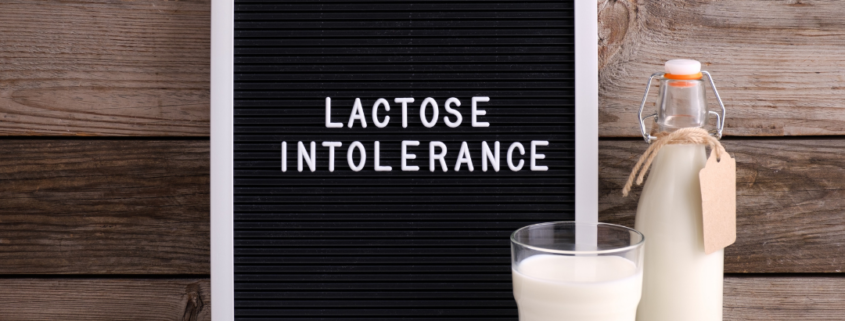Tips to Manage Lactose Intolerance
Lactose intolerance occurs when someone does not have the enzyme lactase or does not produce enough of it, which is required to break down lactose, which is found in things like milk and other dairy products. Without this enzyme, lactose is able to travel into the colon and is fermented by the bacteria in the colon. This fermentation is what leads to gas, cramps, diarrhea, and other discomfort. If you are lactose intolerant, you can purchase a lactase enzyme supplement called Lactaid that will help you digest lactose. However, since lactose intolerance varies in severity, it is not guaranteed to work for everyone.
Some dairy foods contain less lactose than others. A few of these low-lactose options are listed below:
-hard cheeses
-Greek yogurt
-cottage cheese
-half & half
-sour cream
It is important to remember that dairy is an essential part of the diet. Dairy provides a source of calcium, which is important for building and maintaining strong bones. It is also a good source of potassium, vitamin D, and protein.
Non-dairy calcium sources:
-lactose free milks like almond (calcium-fortified is best) or coconut milk
-spinach, collards, and kale
-almonds
-cooked dried beans and baked beans
-calcium-fortified cereals
We hope these tips help you manage your lactose intolerance!
KR



